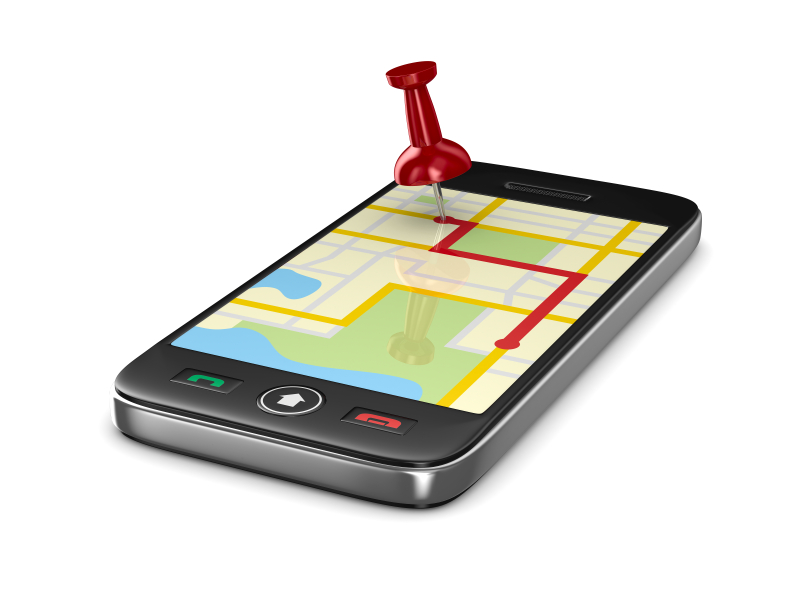
It might not feel like it, but the web marketing industry is young. Very young. In fact, even if you regard the earliest days of the internet as some sort of marketing gestation period, the notion of reaching lots of consumers online would still barely be out of high school.
Think about it. Google itself is only a teenager, but without it, the web marketplace would look very different indeed. When the search engine was still a toddler in 2000, there were just 361 million internet users in the world. Ten years later, there was 2 billion. Now, it's more like three.
In those days, you didn't have to be Einstein (or Berners-Lee, for that matter) to appreciate the awesome potential of the web. But how many people could predict just how big mobile marketing would become? In 2000, nobody was saying “mobile phones are the future.” In 1985, maybe. But by the turn of the century, cell phones were already becoming part of the furniture, and the new toys in the box were desktop browsers that opened up a world wide web of possibility.
It took the emergence of the smartphone to alter conventional thinking about the potential of mobile advertising. When the first iPhone hit shops in 2007, a revolution was born. Between GPS, wi-fi, multi-touch interface technology and mobile apps, the stage was set for a new, highly sophisticated relationship between commerce and customer.
Cut to the present day, and we're at the stage where instant access to consumer goods is available to anyone, wherever they may be. Mobile marketing software is being developed at a staggering rate, with tech companies constantly looking for new ways to improve the reach of communication.
One of the most exciting developments is geo-fencing, which uses GPS to define geographical boundaries for a mobile device. Some geo-fencing apps superimpose their boundaries onto Google Earth. Others use traditional map co-ordinates. In either case, the technology is allowing administrators to triggers text messages and emails to a specific device as soon as it enters a certain area.
Geo-fencing has so many useful applications. A retailer can geo-fence their outlet and send coupons to users who have just crossed the boundary. Restaurants can send daily specials and free offers to anyone nearby. Real estate firms and letting agents can inform house-hunters of a new property situated conveniently to their current location.
This technology is improving transactions for all concerned. It's not without it's ethical implications – and certainly, businesses must gain clear consent from consumers before using it - but if wielded responsibly, geo-fencing is the stuff of marketers dreams.